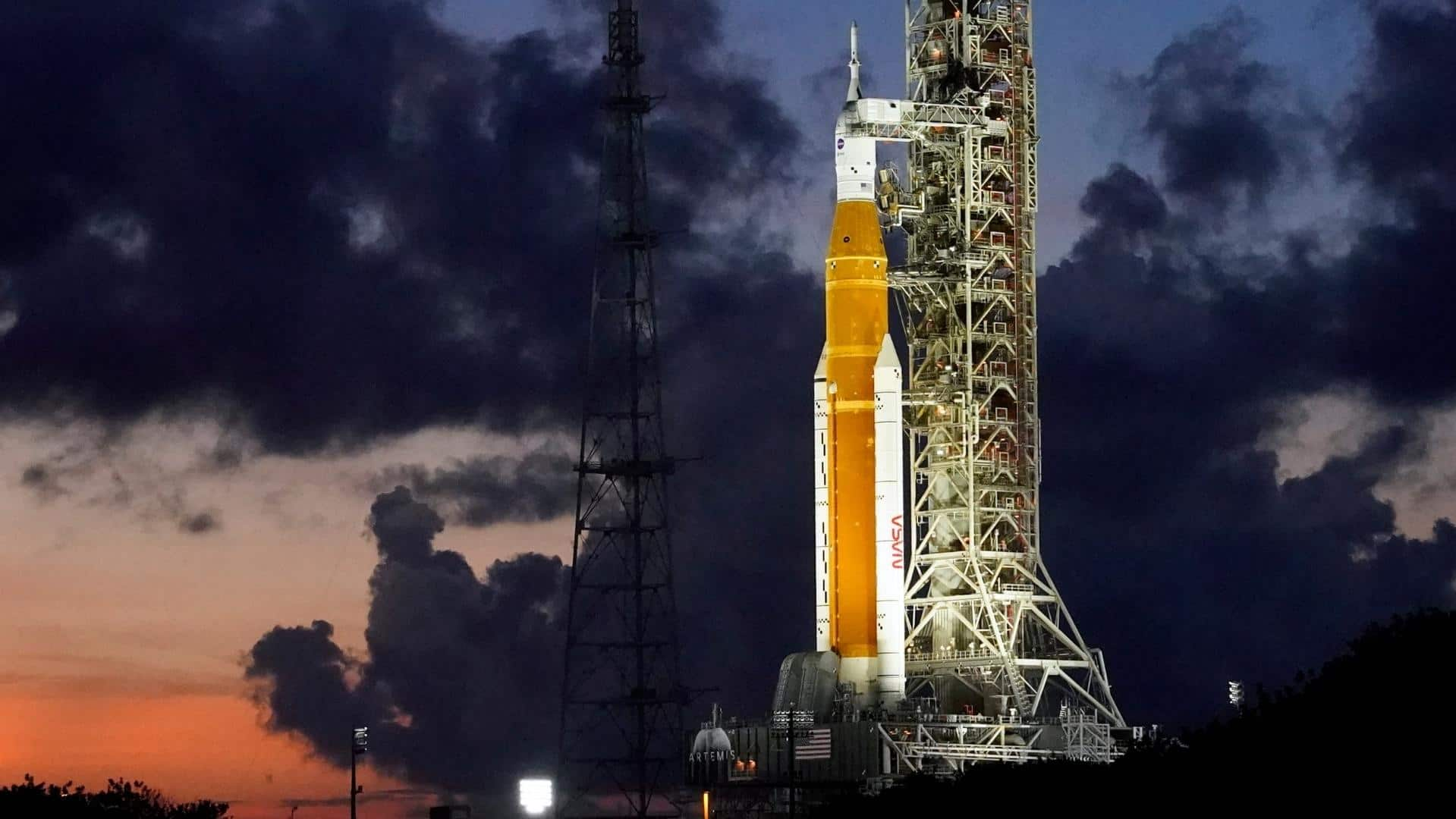[ad_1]
The countdown is on.
NASA’s massive rocket, called the Space Launch System (SLS), is ready to blast off Monday morning from Cape Canaveral, Fla.
Atop the rocket sits Orion, the spacecraft that will eventually take astronauts to the moon.
This mission — dubbed Artemis I — is a critical test of several things: how SLS performs; how Orion performs; and how its heat shield holds up upon re-entry after travelling to the moon and coming in at extremely high speeds.
There are also several tests on board, including radiation experiments on three mannequins. High doses of space radiation can be lethal to humans.
All of this is to pave way for Artemis II — scheduled for 2024 or 2025 — when four astronauts, including a Canadian, will orbit the moon.
The rocket is set to launch no earlier than 8:33 a.m. ET Monday morning, with a two-hour launch window.
During a mission briefing on Saturday, Jacob Bleacher, chief exploration scientist for NASA’s Human Exploration and Operations Mission Directorate, said, “Buckle up everybody. We are going to the moon.”
Mike Sarafin, mission manager for Artemis, said the feeling around the Kennedy Space Center has become increasingly energetic.
“As our zero hour approaches for the Artemis generation, we do have a heightened sense of anticipation, and there is definitely excitement among the team members,” he said. “We’ve noticed just the overall mood and focus within the team is definitely a positive one.”
This is a mission more than a decade in the making. Former U.S. president Barack Obama made the announcement of the SLS rocket in 2010, with a goal of flying in 2016. The dates for SLS — as well as cost overruns — plagued the giant rocket for years.
However, this isn’t the first ride for the Orion capsule. It was launched on an Delta IV Heavy rocket in December 2014 in an orbit around Earth, splashing down just over four hours later.

But this will be an entirely different trip for the capsule. When Orion returned for its test, called EFT-1, it re-entered the atmosphere at roughly 32,000 km/h. This time, after its 42-day mission, the capsule will be pushed to its limits coming in at a blistering speed of 40,000 km/h, reaching temperatures of up to 2,800 C.
Long-term exploration
Everyone on the team is cognizant that Artemis I is a test: that things could go wrong, but that they will learn from it.
“We’re mindful that this is a test flight. And we’re mindful that this is a purposeful stress test of the Orion spacecraft and the Space Launch System rocket. It is a new creation. It is a new rocket and it is a new spacecraft to send humans to the moon on the very next flight,” Sarafin said.
“This is something that has not been done in over 50 years and it is incredibly difficult.”
After Artemis II is Artemis III, which will put boots on the ground and, as NASA is keen to stress, put the first woman and the first person of colour on the lunar surface.
The Artemis program is a long-term goal to send humans back to the moon and beyond. NASA has Mars firmly in its sights. But they’re not planning on doing it alone.
Unlike the Apollo missions, this is an international effort. The European Space Agency has provided a service module for the Artemis program, and Canada is providing Canadarm 3 to the Lunar Gateway, a space station that will orbit the moon and serve as an outpost, a kind of jumping-off point for astronauts travelling to the moon or Mars.
“There’s a big, big universe to explore. And this is just the next step in that exploration. And this time we go with our international partners,” a NASA administrator said in a briefing on Saturday.
“It’s no longer the Apollo generation. It’s the Artemis generation.”
NASA says the goal for the Artemis program is to one day land on Mars. But first, the space agency needs Artemis missions to once again land on the moon.
[ad_2]
Source link




